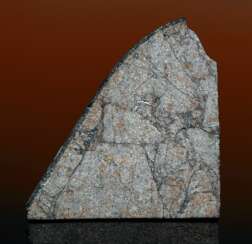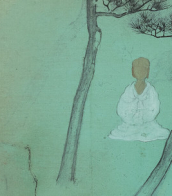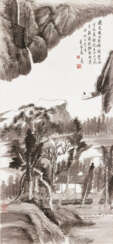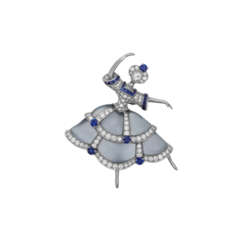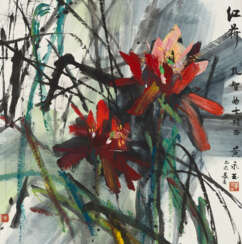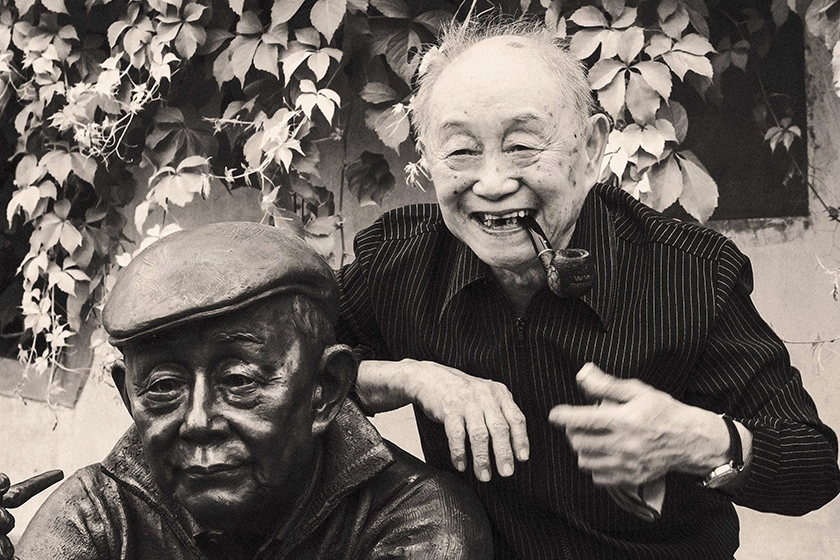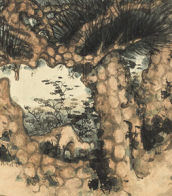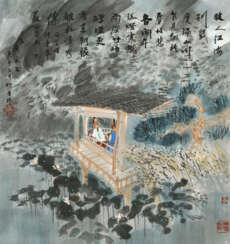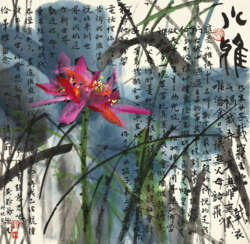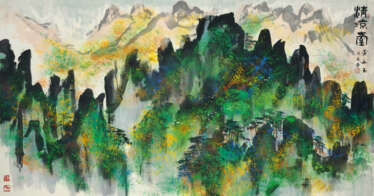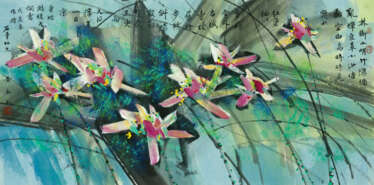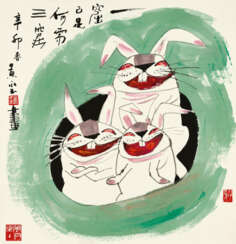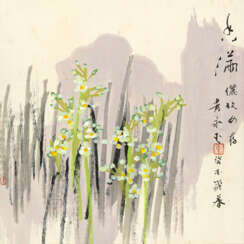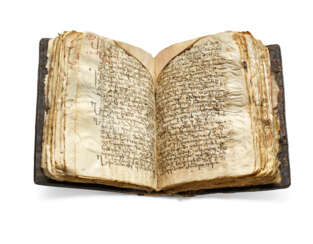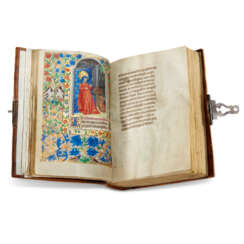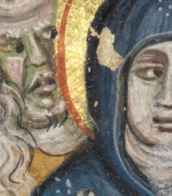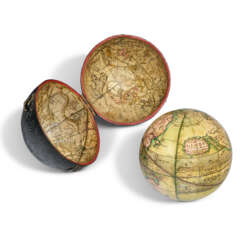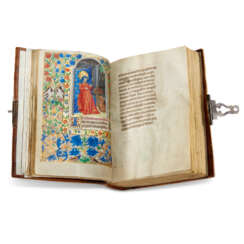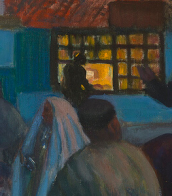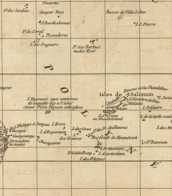138 Items by auctions and galleries:
famed
Lot 684 CHATSWORTH – Group of 13 books on the famed British estate Chatsworth, from Mrs. Wrightsman’s personal library. Mostly 21st Century. Several inscribed presentation copies.13 volumes, various sizes. Many in publisher’s bindings, some with original dust jac
The Private Collection of Jayne Wrightsman: Online 

CHRISTIE'S
The Private Collection of Jayne Wrightsman: Online
Date: 15.10.2020 10:00 UTC +00:00
Number of lots in the catalog: 196
Lot 2052 ROLEX. A FAMED AND HISTORICALLY IMPORTANT STAINLESS STEEL AUTOMATIC DUAL-TIME WRISTWATCH WITH DATE, THE CASEBACK HAND-ENGRAVED ‘M. BRANDO’ BY MARLON BRANDO HIMSELF
Rolex
Passion for Time - An Important Private Collection of Watches and Timepieces 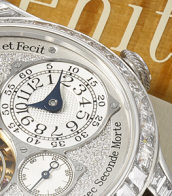

CHRISTIE'S
Passion for Time - An Important Private Collection of Watches and Timepieces
Date: 06.11.2023 10:00 UTC +01:00
Number of lots in the catalog: 112
Lot 89 FAMED. A Throw of the Dice will Never Abolish Chance
1199. Auction ONLINE ONLY | 90 Contemporary Works from a Corporate Collection 

VAN HAM Kunstauktionen GmbH
1199. Auction ONLINE ONLY | 90 Contemporary Works from a Corporate Collection
Date: 04.12.2023 18:00 UTC +01:00
Number of lots in the catalog: 90
Lot 26 VAN CLEEF & ARPELS CHALCEDONY, DIAMOND AND SAPPHIRE 'BALLERINA' BROOCH
Van Cleef & Arpels
Magnificent Jewels including Twelve Jewels by JAR from The Estate of Ann Getty & The Light of Africa Diamond 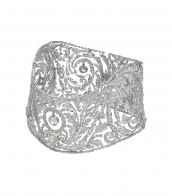

CHRISTIE'S
Magnificent Jewels including Twelve Jewels by JAR from The Estate of Ann Getty & The Light of Africa Diamond
Date: 08.06.2022 10:00 UTC -05:00
Number of lots in the catalog: 98
Lot 113 PRICE, Charles (fl.1697-1733) and John SENEX (1678-1740)
Charles Price (1697 - 1733) 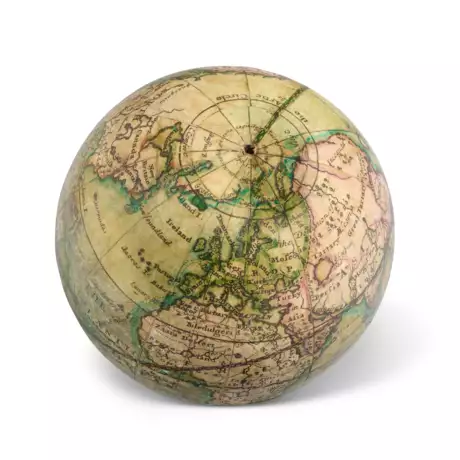 John Senex (1678 - 1740)
John Senex (1678 - 1740) 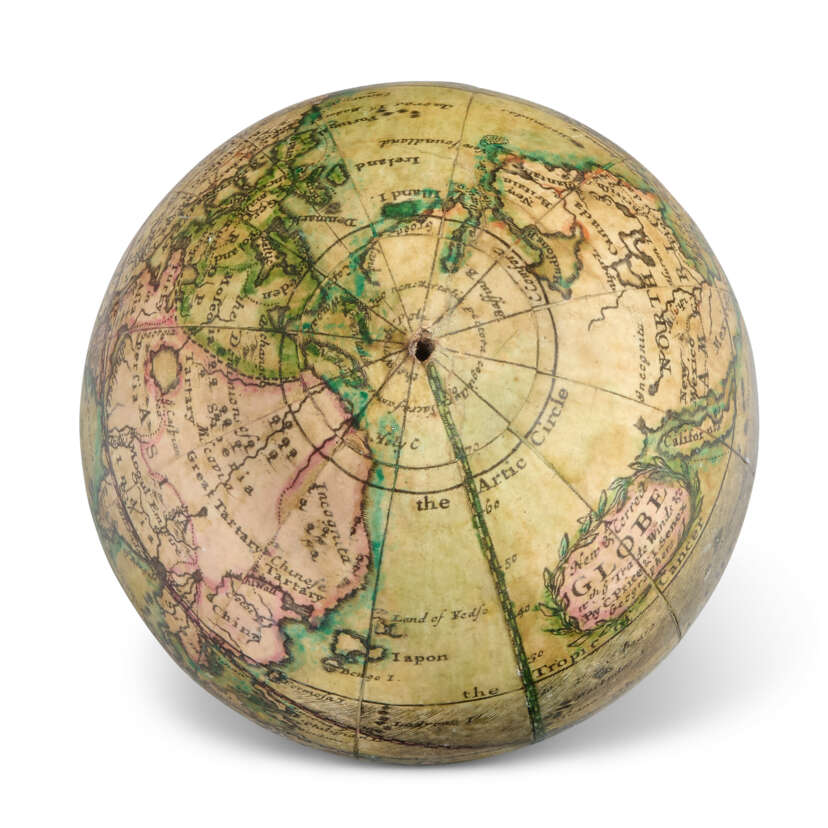 Valuable Books and Manuscripts
Valuable Books and Manuscripts 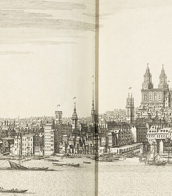

Charles Price
1697 - 1733

John Senex
1678 - 1740

CHRISTIE'S
Valuable Books and Manuscripts
Date: 10.07.2024 10:30 UTC +00:00
Number of lots in the catalog: 193
Lot 695 FRENCH ACADEMIC PAINTING – Group of 14 books on French Academic painting, from Mrs. Wrightsman’s personal library. 20-21st centuries.14 volumes, various sizes. Many in original publisher’s bindings, some with original dust jackets. Includes texts in Engli
The Private Collection of Jayne Wrightsman: Online 

CHRISTIE'S
The Private Collection of Jayne Wrightsman: Online
Date: 15.10.2020 10:00 UTC +00:00
Number of lots in the catalog: 196






